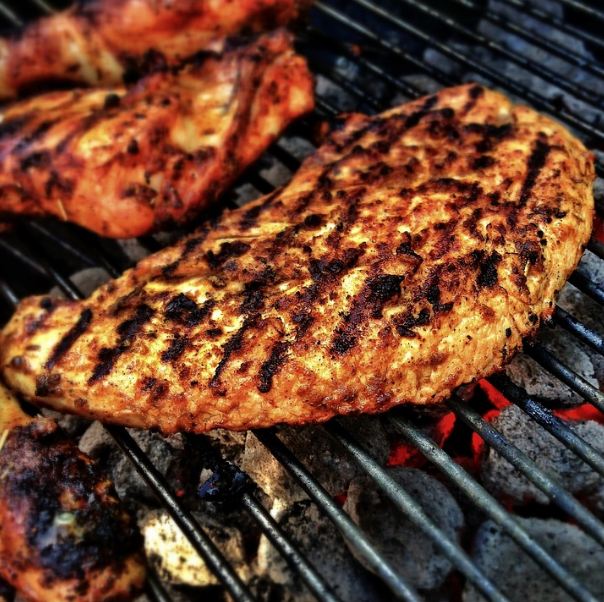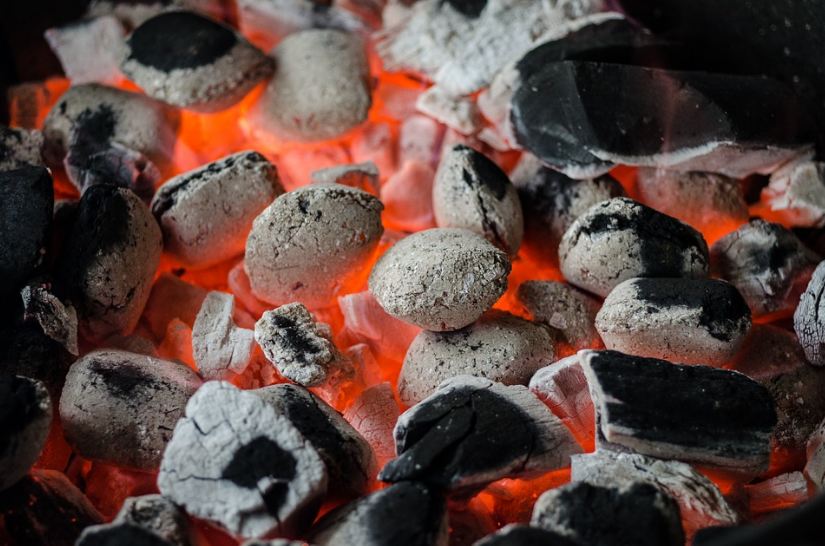While arguments linger over which region produces the best barbeque, let’s be honest: most smoked meat is quite excellent. However, the way that meat is smoked differs from location to location. Each component of a barbecue—meat, wood, rub, cut, and sauce—contributes to totally diverse traditions.
Here are the various styles of BBQ, ranging from Texas’ smoked brisket to South Africa’s acidic Braai.
United States of America
Texas
Anyone who has visited Texas knows that it is made up of several states. Buns and hot sauce are ubiquitous on the eastern side, concentrating on dressing, heat, and combining Texas BBQ with carbs and sides.
Go to the center or west coast, where the Southern influence is less pronounced, and the emphasis is much more on the meat. Sides and sauces can be an insult to well-grilled meat, so don’t ask for a lot of seasoning. The emphasis is on producing the best cattle to create the best meat, not spicing it up with unnecessary ingredients.
Alabama
Alabama BBQ is made by smoking meats, usually pork, on pecan, hickory, or oak. Then they’ll smother it with the Alabama white sauce, which is fiery and creamy enough to kill or revive you, and put it on a bun with lots of slaw and sauce.
Florida
The heart of Floridian BBQ is smoked fish, typically mullet. They smoke the fish primarily with oak and then eat it with booze. As a result of the surge of Cubano culture, you’ll find a lot of pulled pork here.
Carolinas
Though combining the two Carolinas causes them to have bouts of apoplexy, they are extremely similar. Both tend to specialize in extremely dry pork and smothered in sauces made primarily of black pepper and tangy vinegar. The South also uses a lot of mustard in their dips and sauces, a major departure from the North.
Kentucky
You’re doing BBQ the Kentucky way if you’re grilling mutton (sheep meat) or using a “black sauce.” There’s nothing quite like authentic Kentucky food, which is peppery and oily with a distinct texture.
Chicago
The majority of Chicago’s barbecue is ribs and links grilled on a massive hardwood smoker. After that, these dishes are slathered in a thick, sweet, and spicy sauce that is supposed to get everywhere.
Kansas City
What makes KC meats so scrumptious are tomato-based sauces that hit you with spice or go heavy on the sweetness. Any meat will do as long as there is sauce on the beans, on the side, on top of the beans, and a bottle of backup sauce should you run out.
St. Louis
Caramelization is the buzzword in Missouri, where meats are smothered in sauces before, during, and after cooking. Their sauce is typically a sweet tomato-based concoction with a hint of horseradish on the back end; all thinned off with vinegar.
Memphis
In Tennessee, they smoke their meats very slowly and with a lot of dry rubs. Many people believe that this is the only real way to eat BBQ; however, proponents of the wet method argue that the tomato Memphis sauce and vinegar are reasons to get wet.
Churrasco – Brazil
Churrasco is a more rudimentary grilling style that alludes to any cooked meat. It involves skewering meat and then putting it across a flame or grill. At various churrascarias, the skewers are then used to hoist and serve the meat by shaving sections off. The meat chunks are larger than those on kebabs, and they are shaved off the skewer instead of plucked and consumed.
Asado – Argentina, Paraguay, Chile, Uruguay
The Asado cooking style is characterized by meat, which has been stretched out, generally whole, and smoked across an open fire. They’ll be accompanied by chimichurri for dipping and plenty of wine and grilled vegetables.
Tandoor – India
Tandoors are subterranean clay ovens where Indians cook their food. It’s extremely spicy, as is typical of Indian cuisine, which is why most tandoori dishes are served with rice, naan bread, and Raita, a yogurt sauce that’s akin to creamy salsa.
China
China has one of the most diverse BBQ cultures in the world. The only real through-line is the somewhat sweet and sour or teriyaki tang that accompanies Chinese barbecue, largely devoted to street cuisine where vendors sear all sorts of meats in a broad range of sauces. There’s a bottomless well here to draw from, sometimes offered with sauces or seasonings on the side.
Al Haesh – Israel
Waves of food ranging from chicken to ribs to beef sausages, Al Haesh (on the fire) cuisine is defined not so much by the cooking methods or sauces as by the Hebrew manner of kosher meat preparation and the quartered pita bread that arrives with the dish. This BBQ style uses a variety of dips that strike creamy, spicy, and sweet notes, sometimes all in the same dish.
Ayam Bakar & Ikan – Malaysia, Indonesia, and Singapore
Ayam Bakar and Ikan Bakar use white hot sambal sauce over the meats before grilling, infusing the entire dish with eye-watering heat. Sometimes made with chicken, but mostly stingray or fish, Ayam Bakar and Ikan Bakar use white hot sambal sauce over the cuts of meat before grilling, endowing the entire dish with eye-watering heat. Everything is barbecued on banana leaves, giving it a slightly tropical flavor.
Gogigui – Korea
Gogigui is a greasy, thinly sliced meat cooked on a small grill above a table and supplied with all the sides you might want.
Mangal – Asia & Middle East
This can be found in Turkey, Mongolia, Russia, Syria, Romania, and any place from Eastern Europe to Asia’s farthest coast. Mangal is usually associated with kebab-style cuisine, in which everything is skewered and grilled over a Mangal, both a style and a type of grill.
This theme has numerous variations; the most renowned are Russian Shashliks, essentially kebabs marinated in acidic sauces.
Japan
Hibachi, yakitori, and irori are the most well-known grilling methods in Japan, but robotayaki, sumibiyaki, teppanyakibinchotan, and yakiniku, along with numerous more versions, are starting to make their way west. They’re all cooked over binchotan, an oak charcoal that employs infrared to cook the meat on the inside while flames sear the exterior to perfection.
Lechon – Philippines
Whole suckling pigs, or at least pig parts served with gravy, are roasted whole over an open fire or pan-fried bits and parts to be consumed off skewers.
Hāngi – New Zealand & the Pacific
Though this culinary style is most often identified with Hawaii, it is a Pacific-wide cooking method that extends deep into the kiwi country. This is when vegetables, meats, and sauces are cooked under high pressure over heated volcanic stones, giving each bite a particular flavor.
Braai – South Africa
The only difference between a Braai and a backyard barbecue is that vinegar and pineapple juice play a large stint in the cooking process, making the food significantly more acidic than the smoky taste seen in the United States.
Cooking BBQs is a slow process and is best done during those long weekends. On the other hand, when you’re on the run, quick and easy meals are a must!




